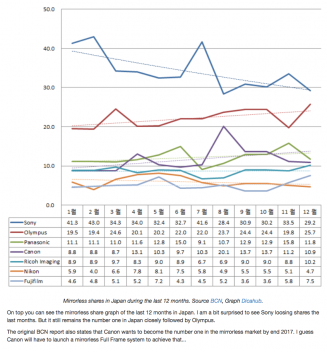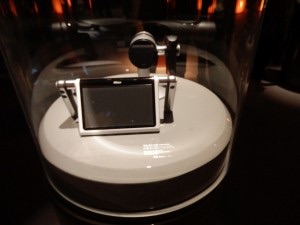There is no advantage to a mirrorless EOS body over a SLR body if you keep the same EOS mount. The EOS mount has a defined flange to sensor distance and taking the mirror out would not make the body any thinner.
They COULD offer a mirrorless body with a new lens mount and then an adapter ring for using EOS lenses. The adaptor would be maybe 18mm or so long so as to keep the lens the right distance from the sensor. This is what Nikon did.
For those wanting a mirrorless EOS body why not simply use a current EOS body in live mode?
Why not live mode? Sometimes it's nice to have an eye-level viewfinder.
One of the key advantages of FF DSLRs has always been the continued use of legacy glass. Mirror/no-mirror is far less important for many of today's photographers. So a mirrorless that preserves that investment in lenses and delivers an appealing feature set (more compact box/ergonomics, EVF, perhaps more video-focused features) would seem to have some potential.
It also depends how you define "advantage." Outside of a TTL OVF, what's the intrinsic advantage of a mirror (whether flipping or pellicle/half-silvered)? Meantime, an EVF, while flawed in its way, offers a WYSIWYG view of the exposure and DOF. To my mind, both OVF and EVF are flawed, it comes down to a particular photographer's needs and priorities. As I noted previously, anyone shooting video has no need for the mirror, pentaprism, or focal plane shutter at all. Why not put the money into different features? Further, on-sensor hybrid phase-detect/contrast-detect AF systems show that a mirror is not essential to having the benefits of phase detection, either.
Canon already has the EOS M3 in crop sensors - the only question is whether they move mirrorless into the full-frame (or, gasp, larger-than-full-frame) "professional" market, and how soon before, in crop sensors, mirrorless models outnumber DSLRs.
Because of the shorter flange-to-sensor distance, it's conceivable that they could produce a series of mirrorless bodies and lenses that are no larger than today's top-line DSLRs, yet have a
larger sensor. How appealing might that be?




